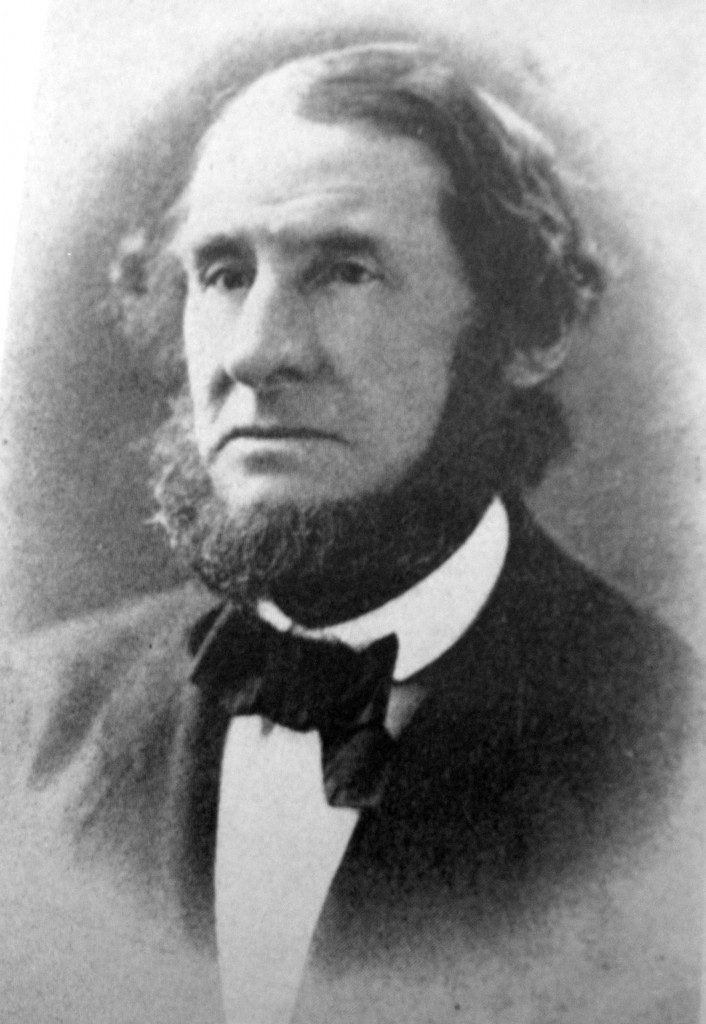Posted on August 22, 2014 by vnarula
“Why aren’t there condos here?”
That’s the thought that bobbed around in my head when my brother and I biked around Minneapolis last summer.
Biking around the city was my brother’s idea. It was my first summer in Minneapolis after my move, and he thought it was the best way for me to see the city up close.
Up to that point my view of the city was limited, confined to the window seats of planes when I’d visit my brother and his family during the Christmas holidays. It was always the same. I looked down from several thousand feet and saw a city covered in blankets of snow with a landscape that looked like the terrain of Antarctica.
My yearly winter visits didn’t allow for much outdoor sightseeing either. The weather was rarely friendly in December, and I didn’t find it appealing to dress up like the Michelin Man and waddle around as a tourist in a massive parka, four scarves, ski mask, goggles and ear muffs.
It wasn’t my idea of fun. Maybe that’s why my brother kept my “outdoor” activities within climate-controlled environments, like walks around the downtown skyway, social gatherings (indoors of course), or coffee shop chats where he pressured me to warm up my innards with mugs of hot chocolate.
My summer bike ride, on the other hand, was the complete opposite. My view of the city transformed from white, grey and frozen to Dorothy in Technicolor in the Wizard of Oz. I was led me through parks and wooded areas, over a winding creek and quaint bridges, around gorgeous trees and beautiful lakes.
I thought I was dreaming. I was engulfed in green everywhere, pinching myself, thinking I’d wake up and the continuous backdrop of trees, lakes and parks would disappear, and I’d be staring out the window of another plane again.
Why hadn’t I experienced this feeling in other places? I’d visited other cities with green space, but they didn’t seem as extensive or well-planned. Some cities had tiny scraps of green refuge and whatever was left of them was being overtaken by an infestation of condos, strip malls or armies of Starbucks.
Who was responsible for my oasis of bicycling happiness that day? Was it the work, I thought, of a mighty environmental superhero, someone with blue tights, a cape and a big S stretched across his chest?
I knew my superhero idea was more comic book imagination than reality, but I was curious to find out if it was true. My curiosity led me to a hero of sorts, although his blue tights and cape were replaced with a chin curtain, blazer and bow-tie.
His name was Horace Cleveland.
Horace Cleveland may not have leaped tall buildings in a single bound or had x-ray vision, but he definitely saw the future. Here’s what he said almost 120 years ago:
“Look forward for a century to the time when the city has a population of a million, and think what will be their wants. They will have wealth enough to purchase all that money can buy, but their wealth cannot purchase a lost opportunity or restore a natural feature of grandeur and beauty, which would then possess priceless value…”

Fortunately, the Minneapolis Board of Park Commissioners knew the importance of seizing a lost opportunity and gave Cleveland, a noted landscape architect, the thumbs up to plan out his vision. With the support of Charles Loring, an influential commissioner and the first president of the Minneapolis Park Board, Cleveland became the mastermind behind a number of parks and interconnected parkways that preserved the existing natural features within and around the city.
Future park commissioners and superintendents expanded on his vision, particularly Theodore Wirth (an instrumental advocate of the Minneapolis Park System), which ultimately lead to the famous “Grand Rounds,” an interconnected series of parkways, and parks, centered on the Mississippi River.
Broken down, the city now has parks within 6 blocks of every resident, comprising a 6,400-acre system consisting of local and regional parks, playgrounds, golf courses, gardens, biking and walking paths, nature sanctuaries, the Chain of Lakes (which receive over 5 million visits yearly) and a 55-mile parkway system.
Need to soak that all in? Here’s a cool video that shows how it all began.
Over a century later, the Minneapolis Park System is still getting top marks. When asked in a recent survey what percentage of Minneapolis residents saw the parks and lakes as a unique and valuable asset, the number was 99 percent! What’s more, the city was voted this year as having the best park system in the country.
Much of the praise can be traced back to Cleveland’s influence, his philosophy of open spaces, natural design, and the importance of preserving these public spaces for future generations to enjoy.
I hope my work at Neighborhood Forest can continue to enhance the natural beauty of our neighborhoods like Cleveland and the city’s visionaries did. The city of Minneapolis is beautiful, and I hope our work can take that beauty to the surrounding suburbs, other towns and cities across the state, and eventually across the nation.
I imagine that would make Horace Cleveland happy, other than trading in his bow-tie and blazer for a cape.

Image source: 3rd image
Vivek Narula is the Director of Neighborhood Forest (@treesforkids) – an organization that gives free trees to schoolchildren every Earth Day.


